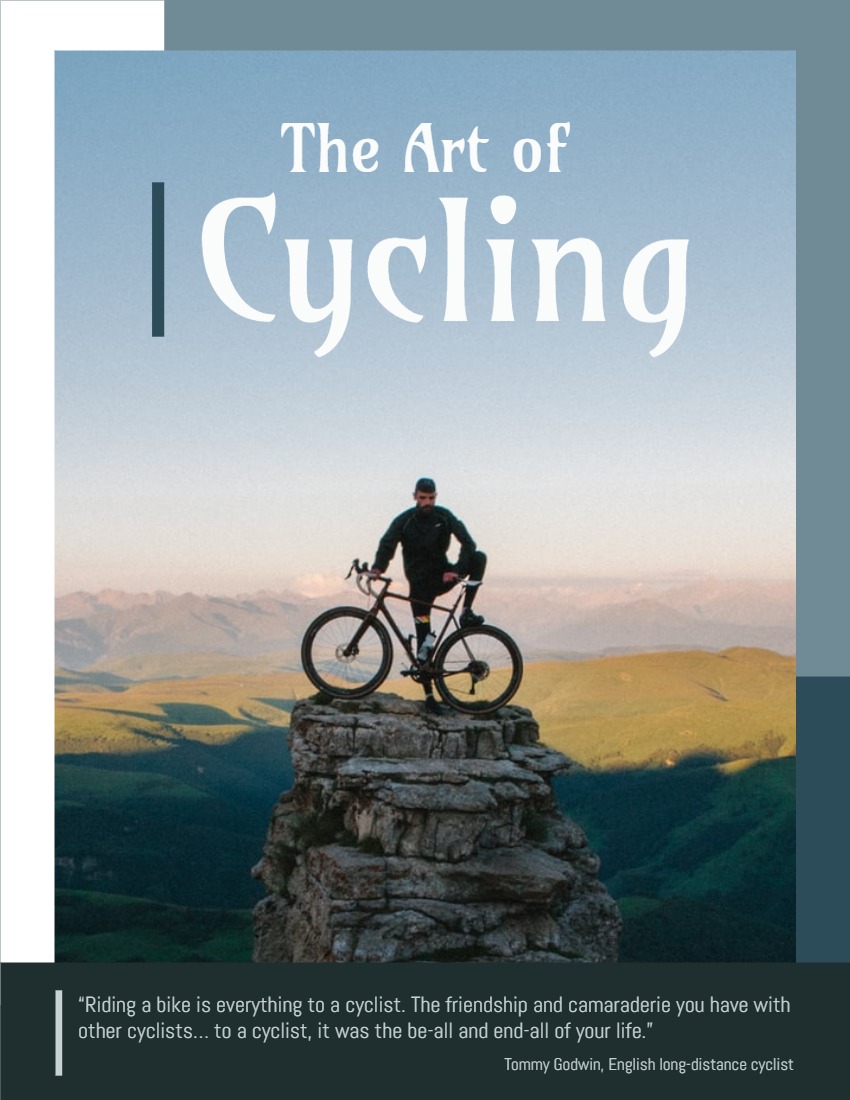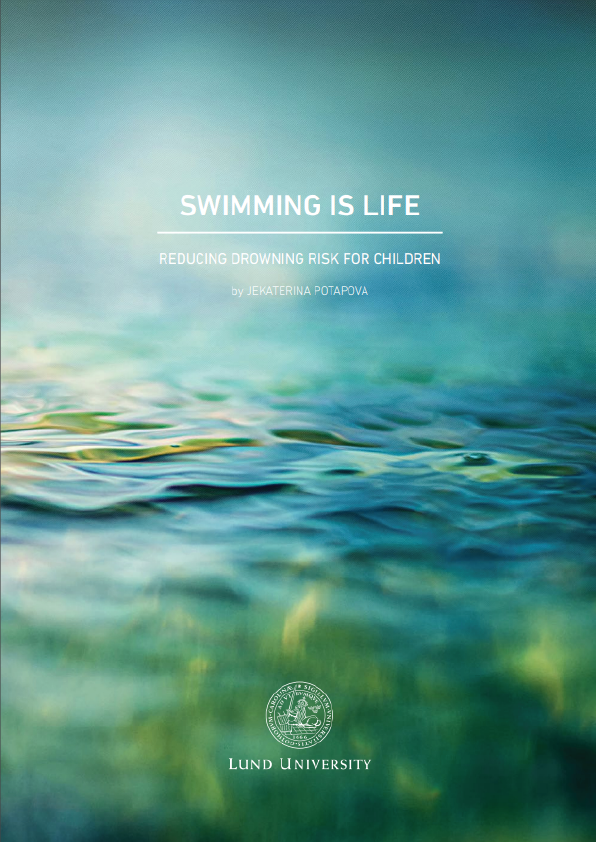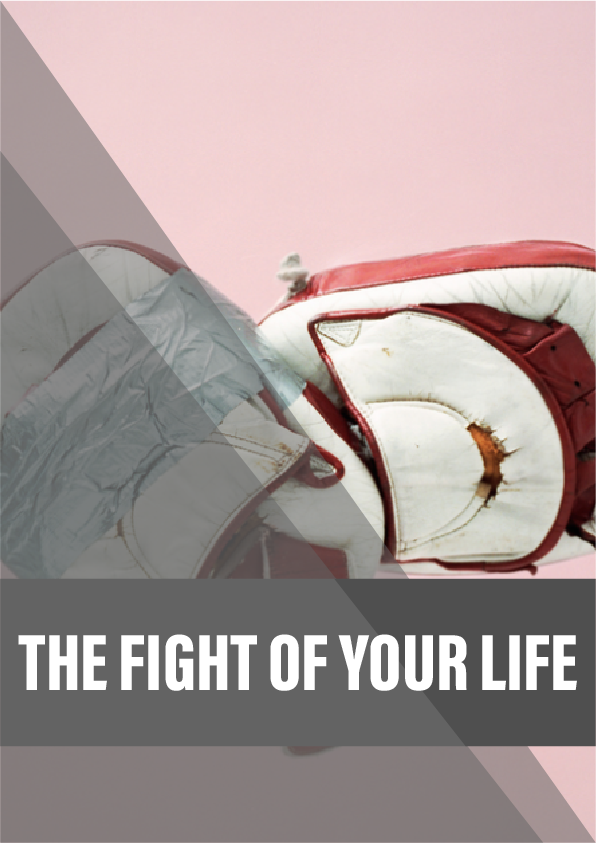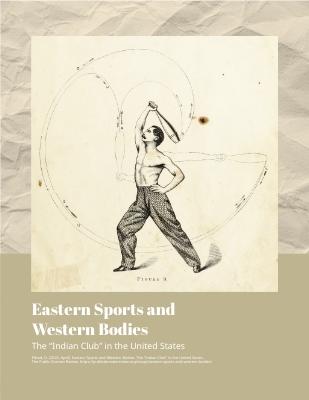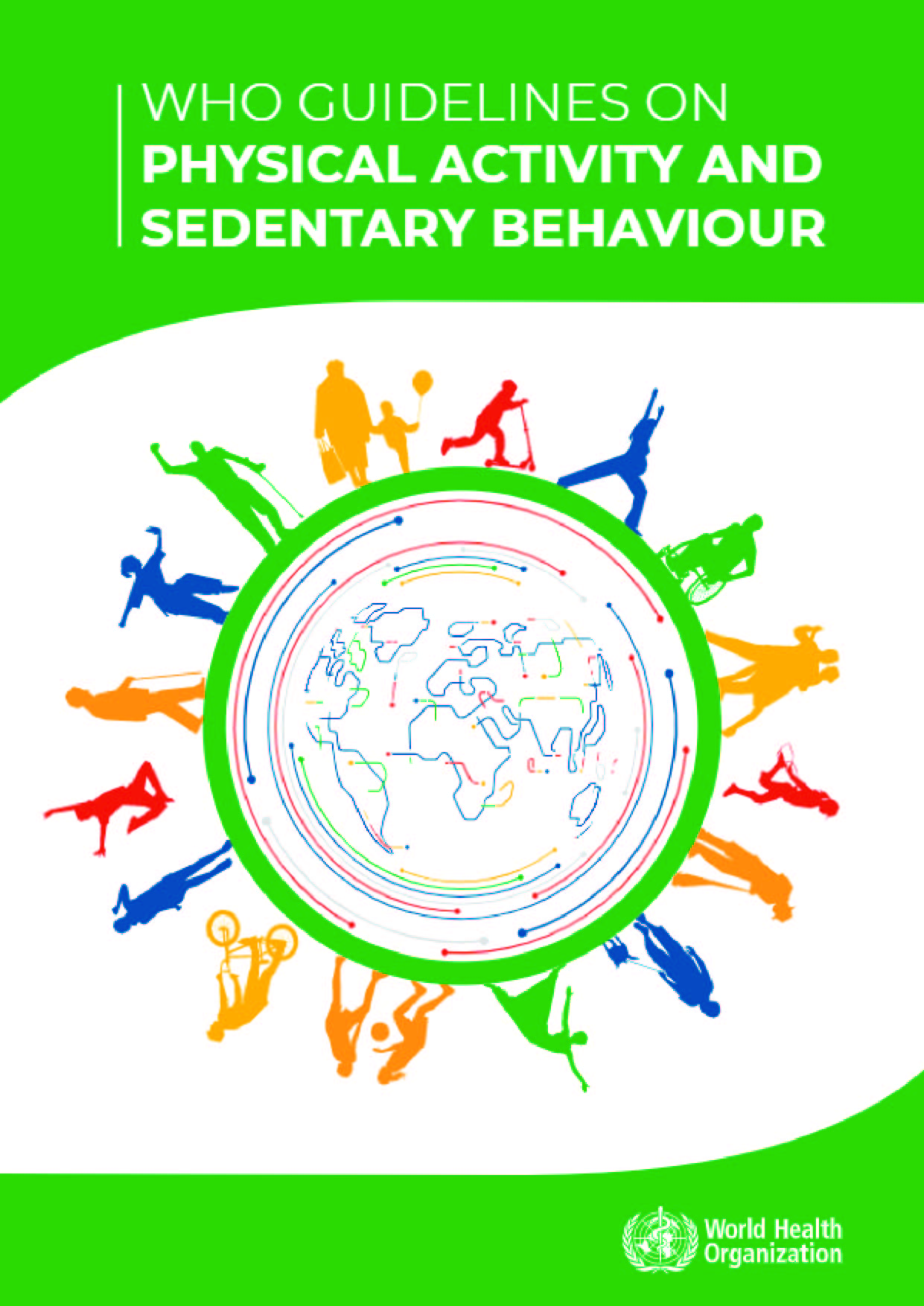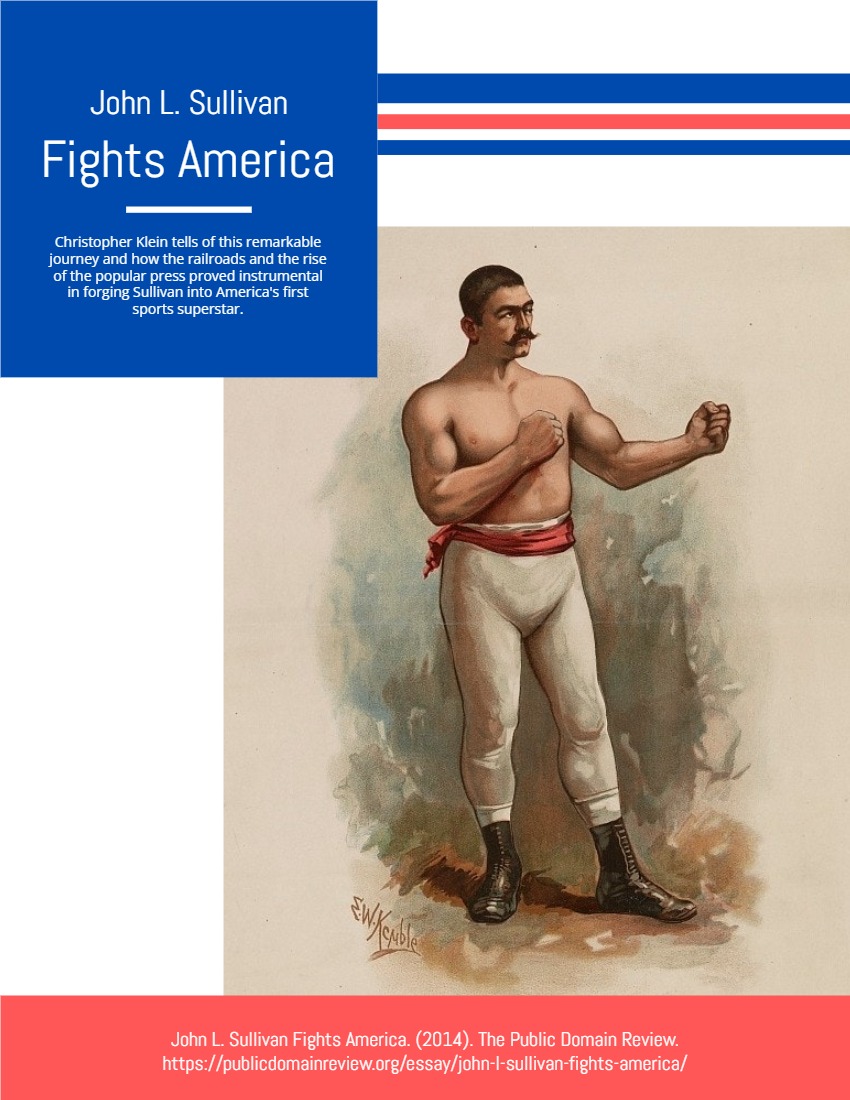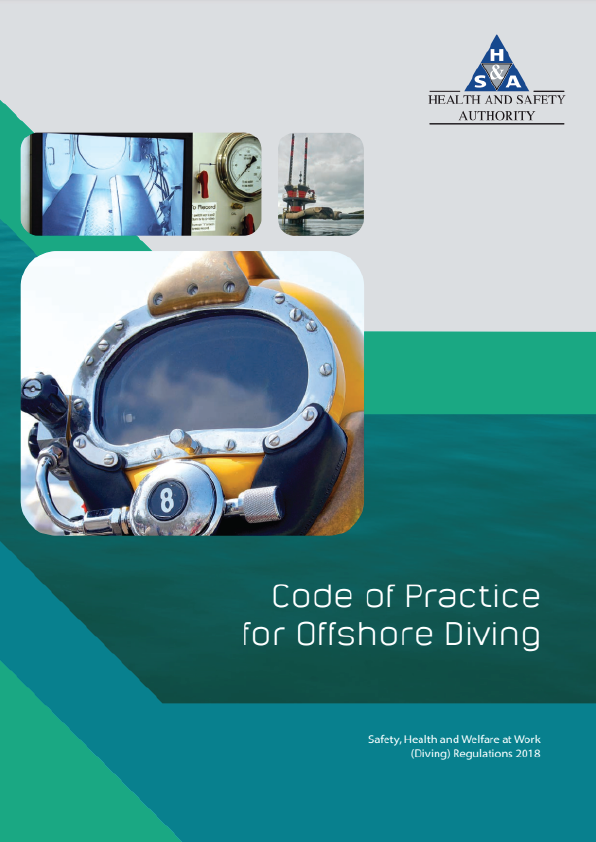Cycling, also called bicycling or biking, is the use of bicycles for transport, recreation, exercise or sport. People engaged in cycling are referred to as “cyclists”, “bicyclists”, or “bikers”. Apart from two-wheeled bicycles, “cycling” also includes the riding of unicycles, tricycles, quadricycles, recumbent and similar human-powered vehicles (HPVs).
Bicycles were introduced in the 19th century and now number approximately one billion worldwide. They are the principal means of transportation in many parts of the world, especially in densely populated European cities.
Cycling is widely regarded as an effective and efficient mode of transportation optimal for short to moderate distances.
Bicycles provide numerous possible benefits in comparison with motor vehicles, including the sustained physical exercise involved in cycling, easier parking, increased maneuverability, and access to roads, bike paths and rural trails. Cycling also offers a reduced consumption of fossil fuels, less air or noise pollution, reduced greenhouse gas emissions, and greatly reduced traffic congestion. These have a lower financial cost for users as well as for society at large (negligible damage to roads, less road area required). By fitting bicycle racks on the front of buses, transit agencies can significantly increase the areas they can serve.
In addition, cycling provides a variety of health benefits. The World Health Organization (WHO) states that cycling can reduce the risk of cancers, heart disease, and diabetes that are prevalent in sedentary lifestyles. Cycling on stationary bikes have also been used as part of rehabilitation for lower limb injuries, particularly after hip surgery. Individuals who cycle regularly have also reported mental health improvements, including less perceived stress and better vitality.
Among the disadvantages of cycling are the requirement of bicycles (excepting tricycles or quadricycles) to be balanced by the rider in order to remain upright, the reduced protection in crashes in comparison to motor vehicles, often longer travel time (except in densely populated areas), vulnerability to weather conditions, difficulty in transporting passengers, and the fact that a basic level of fitness is required for cycling moderate to long distances.
Equipment
In many countries, the most commonly used vehicle for road transport is a utility bicycle. These have frames with relaxed geometry, protecting the rider from shocks of the road and easing steering at low speeds. Utility bicycles tend to be equipped with accessories such as mudguards, pannier racks and lights, which extends their usefulness on a daily basis. Since the bicycle is so effective as a means of transportation, various companies have developed methods of carrying anything from the weekly shop to children on bicycles. Certain countries rely heavily on bicycles and their culture has developed around the bicycle as a primary form of transport. In Europe, Denmark and the Netherlands have the most bicycles per capita and most often use bicycles for everyday transport.
Road bikes tend to have a more upright shape and a shorter wheelbase, which make the bike more mobile but harder to ride slowly. The design, coupled with low or dropped handlebars, requires the rider to bend forward more, making use of stronger muscles (particularly the gluteus maximus) and reducing air resistance at high speed.
Skills
Many schools and police departments run educational programs to instruct children in bicycle handling skills, especially to introduce them to the rules of the road as they apply to cyclists. In some countries these may be known as bicycle rodeos, or operated as schemes such as Bikeability in the UK. Education for adult cyclists is available from organizations such as the League of American Bicyclists.
Beyond simply riding, another skill is riding efficiently and safely in traffic. One popular approach to riding in motor vehicle traffic is vehicular cycling, occupying road space as car does. Alternately, in countries such as Denmark and the Netherlands, where cycling is popular, cyclists are often segregated into bike lanes at the side of, or more often separate from, main highways and roads. Many primary schools participate in the national road test in which children individually complete a circuit on roads near the school while being observed by testers.
